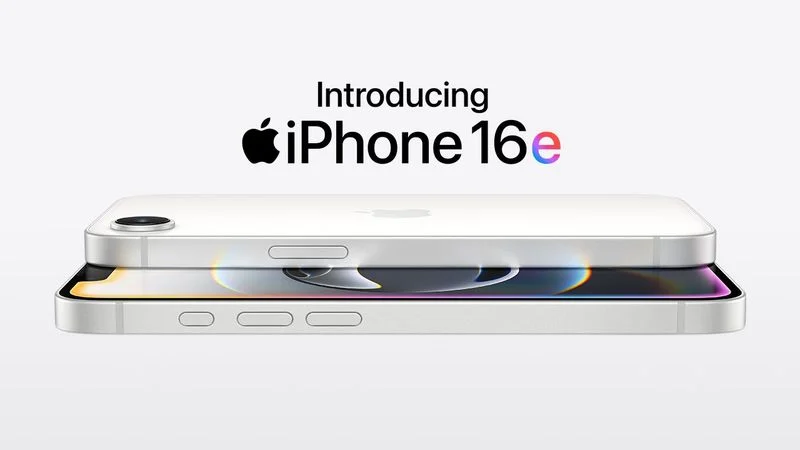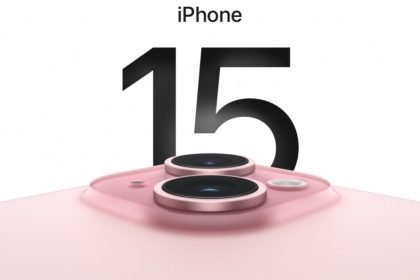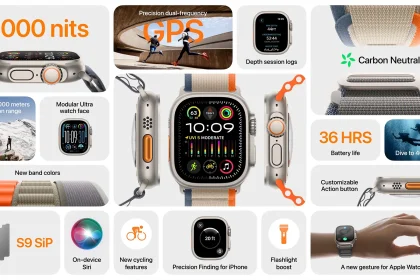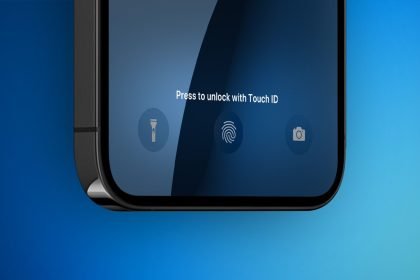Apple’s latest addition to its smartphone portfolio, the iPhone 16e, debuted yesterday, February 19, 2025, as a replacement for the long-standing iPhone SE series. Marketed as an affordable entry point into the iPhone 16 family, the 16e promises flagship-level performance with the A18 chip, Apple Intelligence integration, and a modernized design featuring a 6.1-inch OLED display. However, with a starting price of $599 and several notable compromises, the iPhone 16e has ignited a firestorm of debate among consumers and tech analysts alike. From its contentious pricing to the omission of MagSafe, a 60Hz refresh rate in 2025, and an arguably outdated display design, the iPhone 16e raises a critical question: does it deliver enough value to justify its place in today’s competitive smartphone market? Let’s break down the key points of contention.
Pricing: The End of the Budget iPhone Era
The iPhone 16e enters the market with a base price of $599 for the 128GB model, with higher storage tiers priced at $699 (256GB) and $899 (512GB). This represents a significant departure from its predecessor, the iPhone SE (2022), which launched at $429 and carved out a niche as Apple’s most affordable modern iPhone. While the 16e brings substantial upgrades—such as the A18 chip, Face ID, and a shift from LCD to OLED—the $599 price tag effectively eliminates the sub-$500 iPhone option that budget-conscious buyers have relied upon. In an era where competitors like Samsung and Google offer feature-rich midrange devices (e.g., the Galaxy A55 or Pixel 8a) at lower or comparable prices, the iPhone 16e’s cost has drawn scrutiny. Is this a premium device masquerading as an entry-level offering, or a justified evolution of Apple’s budget line? The answer remains divisive.
No MagSafe: A Step Backward in Convenience
One of the most surprising omissions in the iPhone 16e is the absence of MagSafe, Apple’s magnetic wireless charging and accessory ecosystem introduced with the iPhone 12 series. While the device supports standard Qi wireless charging, the lack of MagSafe compatibility excludes it from a growing lineup of accessories—such as wallets, mounts, and fast chargers—that have become staples for iPhone users. This decision feels particularly regressive for a device launching in 2025, especially given MagSafe’s presence across the rest of the iPhone 16 lineup. Apple has yet to provide an official rationale, but speculation points to cost-cutting measures to maintain the 16e’s “affordable” positioning. Critics contend that this compromises Apple’s renowned seamless user experience, leaving 16e buyers with a less versatile device than even the base iPhone 16 ($799), which retains MagSafe.
60Hz Display in 2025: Falling Behind the Curve
Perhaps the most polarizing feature—or lack thereof—is the iPhone 16e’s 60Hz refresh rate display. In a year when 120Hz ProMotion has become standard across Apple’s premium iPhones and even many midrange Android devices boast 90Hz or higher, the decision to stick with a 60Hz panel feels increasingly out of touch. The 6.1-inch OLED screen offers vibrant colors and deep blacks, a welcome upgrade from the SE’s 4.7-inch LCD, but the lack of a higher refresh rate results in noticeably less fluid scrolling and animations compared to competitors. For gaming, browsing, and general use, this limitation is glaring at $599—a price point where smoother displays are now an expectation, not a luxury. Apple’s insistence on reserving ProMotion for its Pro models is well-documented, but in 2025, the 60Hz display risks making the 16e feel dated out of the box.
Outdated Display Style: Nostalgia or Neglect?
The iPhone 16e’s design further fuels the controversy with its display style, which retains a larger notch and thicker bezels compared to the slimmer, Dynamic Island-equipped screens of the iPhone 16 and 16 Pro. While the move away from the iPhone SE’s home button and dated aesthetics is a step forward, the 16e’s notch feels like a relic of 2020 rather than a forward-thinking design for 2025. Competitors have largely embraced hole-punch cameras or under-display sensors, minimizing intrusions into screen real estate. Apple’s choice to recycle this older design language may appeal to fans of familiarity, but it risks alienating users who expect a more modern aesthetic—especially at a price that encroaches on mid-tier territory. The question looms: is this a deliberate nod to cost efficiency or a sign that Apple is resting on its laurels?
Additional Concerns: What Else Stands Out?
Beyond the headline issues, early feedback has highlighted other compromises. The iPhone 16e features a single 48MP rear camera—capable, but lacking the UltraWide or telephoto lenses found on high-end models. Battery life, while improved over the SE thanks to the A18’s efficiency, reportedly falls short of the iPhone 16’s dual-camera, larger-battery design. And despite USB-C adoption (mandated by EU regulations), the 16e is limited to USB 2.0 speeds, a frustration for users hoping for faster data transfer. These trade-offs, while not deal breakers, compound the perception that the 16e straddles an awkward middle ground—neither truly budget-friendly nor fully competitive with midrange peers.
Conclusion: A Mixed Bag in a Changing Market
The iPhone 16e is a paradox: a device that brings flagship power and Apple’s ecosystem to a broader audience, yet one that feels compromised in ways that clash with its $599 price tag. The removal of MagSafe, retention of a 60Hz display, and reliance on an outdated notch design stand out as missteps in a market where innovation is accelerating. For loyal Apple users seeking an affordable upgrade from older models like the iPhone SE or iPhone 11, the 16e offers undeniable appeal with its performance and longevity (thanks to years of iOS updates). But, if you compare it to other Android phones or even Apple’s iPhone 16, it’s harder to see if it’s worth the money.
As the dust settles on its launch, the iPhone 16e’s success will hinge on whether consumers prioritize raw power and brand loyalty over modern features and competitive pricing. What are your thoughts on the iPhone 16e? Does it hit the mark as an entry-level iPhone, or has Apple missed an opportunity to redefine the budget smartphone? Share your take in the comments below.





